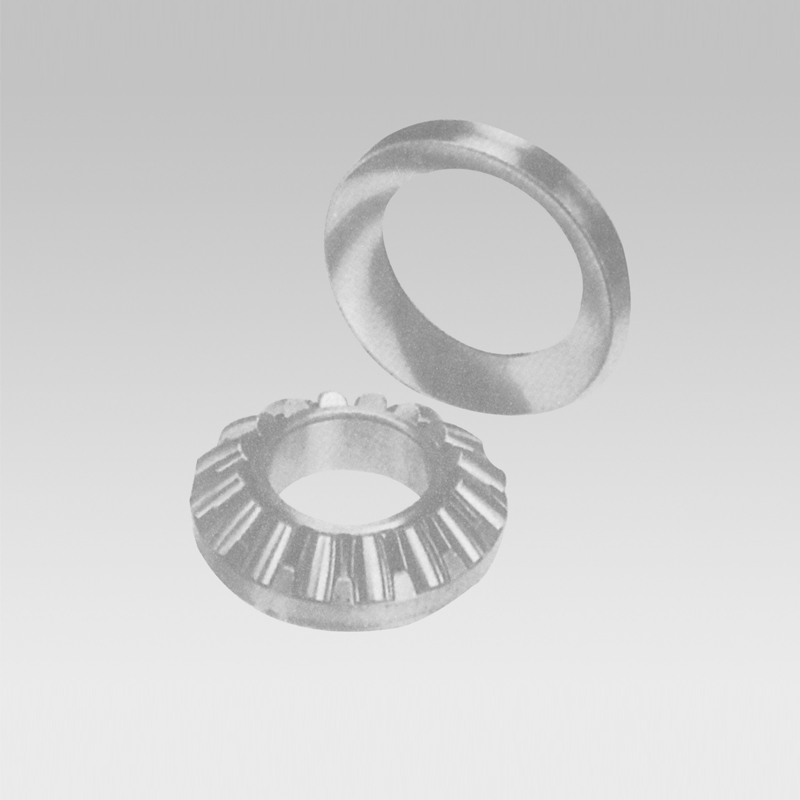
Dec . 15, 2024 07:03 Back to list
Understanding the Fundamentals of Axial Spherical Bearings in Mechanical Applications
Axial Spherical Bearings An Overview
Axial spherical bearings, also known as spherical roller bearings, are integral components in machinery that require reliable support for axial loads and rotation. These unique bearings are designed to accommodate both radial and axial loads, making them versatile and essential in various applications across different industries. This article delves into the design, functionality, advantages, and applications of axial spherical bearings.
Design and Structure
Axial spherical bearings consist of two main components the outer ring and the inner ring with spheres in between. The inner ring has a convex shape, while the outer ring is concave. This design allows the inner ring to tilt slightly, accommodating misalignment between the bearing axis and the load direction. The rolling elements—spheres—reduce friction during operation, which is crucial for the longevity and efficiency of the bearing.
The outer ring is typically made from high-quality steel or other durable materials, which provide the strength necessary to bear significant loads. The internal geometry of the bearing is designed to minimize stresses and wear, ensuring a longer service life. Furthermore, lubrication plays a crucial role in the operations of axial spherical bearings, often utilizing grease or oil to reduce friction and dissipate heat generated during operation.
Functionality
The primary function of axial spherical bearings is to support axial loads while allowing for rotational movements. These bearings are engineered to handle multi-directional forces, which means they can operate effectively in conditions where misalignment is present. This is particularly important in applications where equipment may experience vibrations, thermal expansion, or other stresses that can lead to misalignment.
Axial spherical bearings are also capable of operating at high speeds, making them suitable for dynamic applications. The rolling motion of the spheres minimizes contact surface area, reducing wear and heating during high-speed operations. Furthermore, the ability to handle significant axial loads allows these bearings to be employed in heavy machinery, where stability and reliability are paramount.
Advantages
There are several advantages to using axial spherical bearings in various applications
axial spherical bearing

1. Load Distribution The design of axial spherical bearings allows for even distribution of loads, which helps to reduce stress on individual components and enhances overall longevity.
2. Accommodating Misalignment These bearings can tolerate angular misalignment, which makes them ideal for use in environments where alignment might be affected by factors like thermal expansion or uneven wear.
3. Reduced Maintenance The robust design and efficient lubrication systems reduce the frequency of maintenance required, allowing for longer operational periods without intervention.
4. Versatility Axial spherical bearings are suitable for a wide range of applications, from automotive to industrial machinery, making them a versatile option across many sectors.
5. High Load Capacities These bearings can handle substantial loads, which is necessary for heavy-duty applications where performance and safety are critical.
Applications
Axial spherical bearings are employed in numerous applications across different industries. In automotive engineering, they are commonly found in wheel hubs, steering mechanisms, and suspension systems. In industrial machinery, they are used in conveyor systems, cranes, and other heavy equipment that necessitates precise movement and load-bearing capability.
Moreover, axial spherical bearings are crucial in construction equipment, where they are subjected to extreme conditions and need to maintain functionality under heavy loads. In mining and quarrying, these bearings support equipment used for extraction and processing, where reliability is essential.
Conclusion
Axial spherical bearings serve a critical role in modern machinery, providing exceptional support for both axial and radial loads while accommodating misalignment. Their unique design offers multiple advantages, including load distribution, reduced maintenance, and high versatility across various applications. As industries continue to evolve, the demand for efficient, reliable components like axial spherical bearings will only increase, cementing their position as vital elements in engineering and manufacturing processes. Understanding their functionality and applications can help engineers and designers make informed decisions about incorporating these bearings into their projects.
Latest news
-
Durable Greenhouse Pillow Block Bearings for Reliable Ventilation
NewsAug.31,2025
-
Spherical Roller Bearings Applications: Heavy Duty, Self-Aligning
NewsAug.30,2025
-
Premium Deep Groove Ball Bearings | High Speed & Reliability
NewsAug.29,2025
-
Durable Scaffolding Clamps - Secure & Reliable Tube Connectors
NewsAug.28,2025
-
Common Failures in Thrust Ball Bearings and Solutions
NewsAug.22,2025
-
How Tapered Roller Bearings Can Take Shock Loads
NewsAug.22,2025
